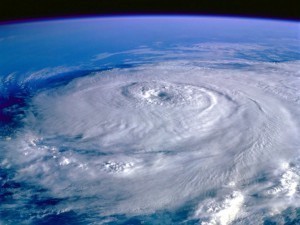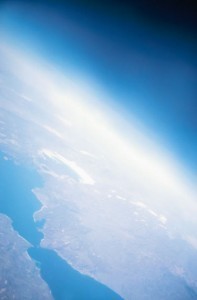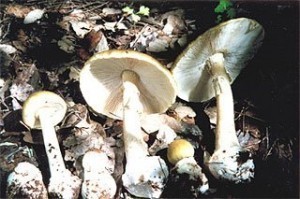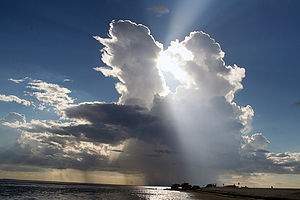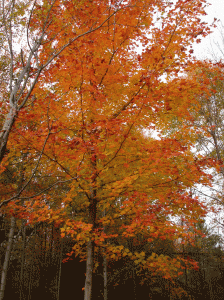Cloud Sizes
Introduction
Clouds are formed from water vapor or crystals in the atmosphere. They can also be a collection of material drawn by gravity. Cloud sizes can range from tiny wisps of smoke to masses stretching dozens of miles.
from water vapor or crystals in the atmosphere. They can also be a collection of material drawn by gravity. Cloud sizes can range from tiny wisps of smoke to masses stretching dozens of miles.
What Are the Sizes of Clouds?
Cloud sizes vary a lot. Remember that clouds aren’t just the puffy white stuff floating in the sky. The steam rising up from a hot chocolate drink is also a cloud. This type of cloud is quite small in size but still considered clouds.
As for the big masses of clouds in the sky: Usually these clouds don’t get any bigger than 4-6 miles or 20,000-30,000 feet. But the really huge thunder clouds known as the cumulonimbus rises up to 60,000-70,000 feet or 12-14 miles.
Types of Clouds and Their Altitudes
Clouds can be divided according to their altitude. The height of a cloud is measured from its base, not the top.
High Altitude Clouds
Cirrocumulus clouds form at altitudes 5-12 kilometers above the ground. They are made of water droplets and frozen crystals.
Cirrus clouds occur at 7,000 meters or 23,000 feet. The appearance of many cirrus clouds is said to forecast a weather disturbance.
Cirrostratus clouds are halo-forming masses. They are found at heights starting at 6,000 meters or 20,000 feet or 5.5 kilometers. Cirrostratus clouds forecast a warm front and imminent rain.
Middle Altitude Clouds
Altostratus clouds are measured anywhere at 2,400 – 6,100 meters or 8,000 – 20,000 feet. These gray clouds cover the sky although the sun can often be seen through them. Altostratus clouds pose a threat to traveling aircraft.
Altocumulus clouds occur at about the same altitude as altostratus clouds. They may bring rain if they form higher in the sky. One type, the lenticular cloud, is often mistaken for a flying saucer or UFO due to its UFO-like shape.
Low Altitude Clouds
The low cloud types occur at heights of around 2,000 meters or 6,500 feet.
Stratus Clouds
Stratus clouds are low, hazy, uniform clouds. These are what you see on a foggy day. In fact, it’s what is called fog. Stratus clouds bring gentle rain and snow and may hide the sun from view. They occur below 2,000 meters.
Nimbostratus Clouds
These are dark clouds occurring under 2,400 meters or 8,000 feet. Nimbostratus clouds bring down rain and are seen mostly in the middle latitudes of the earth.
Cumulus Clouds
These are those big, puffy clouds that look like cotton. Cumulus clouds are measured at below 2,000 meters or 6,500 feet. These sometimes forecast disturbances like tornadoes and hail.
